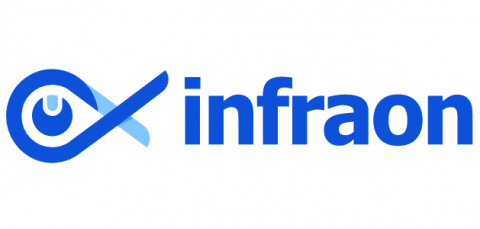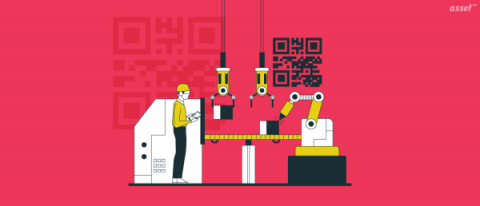The Pros and Cons of RFID vs. QR Codes for Asset Management
Asset management is critical to the success of any organization, and with advancements in technology, organizations now have more options than ever for tracking and managing their assets. Two popular technologies used for asset management are Radio Frequency Identification (RFID) and Quick Response (QR) codes. While both technologies have their benefits and drawbacks, choosing the right one for your organization can have a significant impact on your asset management practices.











